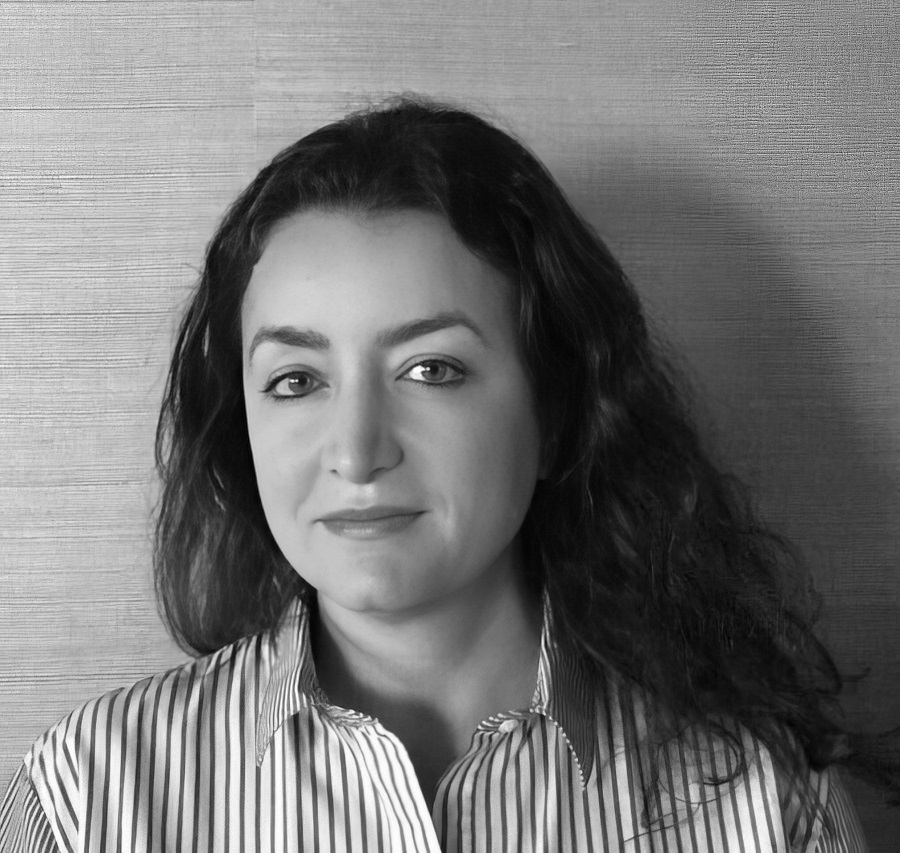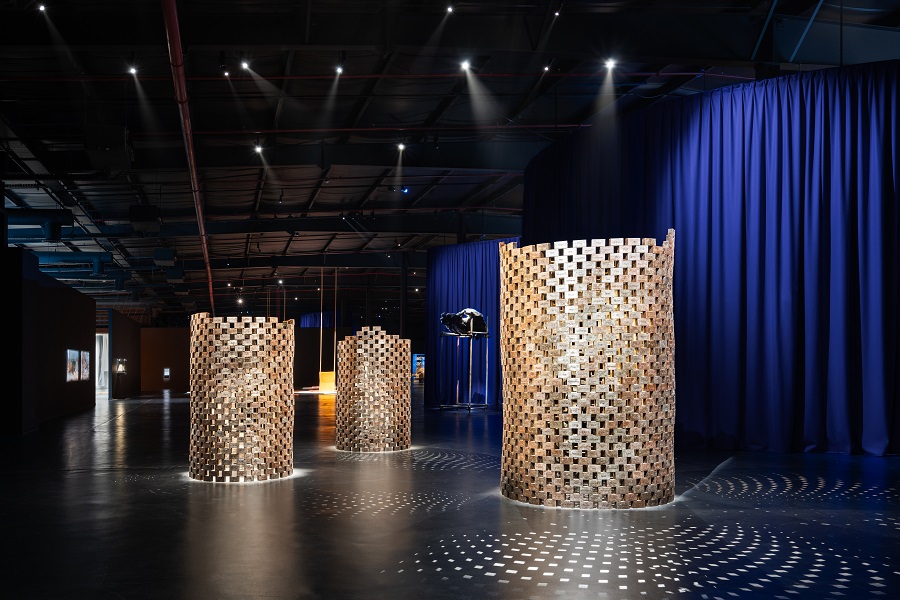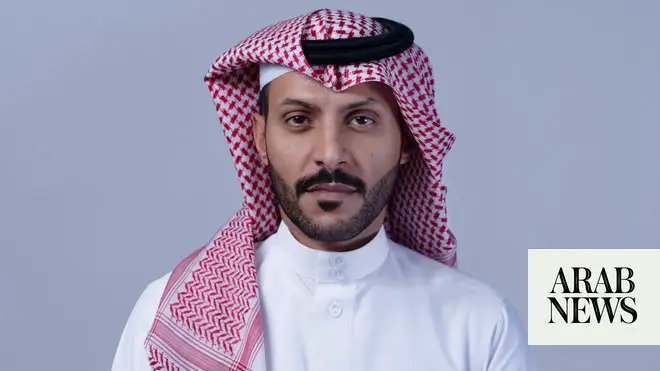RIYADH: The 2nd Diriyah Contemporary Art Biennale “After Rain” features the works of 100 artists from over 40 countries on display in an industrial warehouse in Riyadh’s JAX district. The theme of this year’s Biennale, curated by artistic director Ute Meta Bauer, is rebirth, rejuvenation and revitalization. Metaphorically speaking, it can be applied to the rapid social and economic transformation the kingdom is undergoing and the role that art is playing in that transformation.
Among the dozens of works of art on display are Saudi Futurism, an installation created by one of Saudi Arabia’s most prominent artists, Ahmed Martel, and Milan-born photographer and filmmaker Armin Linke; Some are newly created by Saudi-based artists. The two traveled the country together, visiting the megaproject NEOM, dairy farms, monumental buildings, the Shaheen supercomputer, the Yamamah cement factory, and Riyadh’s colorful diplomatic club Heart, designed by Frei Otto. They recorded historical, industrial, and scientific sites, including tents. Visitors can peruse these images that blend Saudi Arabia’s past and choose their own set of images to depict the rapid changes the country is currently experiencing.
Jeddah-based Dania Al-Saleh’s A Stone’s Palette presents research from explorations of the archaeological sites of AlUla and Taima, with a particular focus on carnelian stone beads produced in Taima in the past. I’m guessing. She said it served as an important social artifact and was used for both purposes. Element for rituals and as a personal accessory.

Dania Alsale. (Included)
“We learned that they were sourced from the Indus Valley thousands of years ago,” Al-Saleh told Arab News. “They manufactured beads in timers and exported them to Mesopotamia. I obtained carnelian stones from India and created various pigments to apply to these sketches. It is a photo transfer of the excavation site with my intervention using patterns and decorations.”
Al-Ahsa-based artist Mohammad Al-Faraj created sculptures using natural materials found in the desert in his outdoor installation “Today’s whispers can be heard in tomorrow’s gardens.” This includes a coiled palm leaf placed on a stick placed on the sand. Photographs and murals are painted on either wall of the wooden pavilion that surrounds his “garden.”
“Everything that is happening today has an impact on our future, for better or for worse, especially the less obvious ones,” al-Faraj told Arab News. “The installation is made up of three parts: a ‘fossil of time’ made of photographs and fabric. I really think that photographs, especially when printed, are fossils of moments.”

“Today’s whispers can be heard in tomorrow’s gardens” by Mohammed Al Faraj. (Arab News/Rebecca Ann Proctor)
The second part is a mural called “Love is leaving the garden gate ajar” made from burnt palm charcoal. “What does it mean to take something broken and try to make something new out of it?” he asks. “This is what I want to emphasize: not to destroy, but to build more. This reflects a symbol of hope, both for the Palestinian people and for those living in oppressed places. It’s inspiring to see people use their resilience to build new lives.”
The third part consists of several new sculptures made of old palm leaves, covered with date syrup and gum arabic, and coated with a protective resin, and made of metal in the sand. It is placed on a pedestal.
“I try to replace them with these characters and give them continuity in life,” Alfaraj explains. “They are monuments to a life not lived.”
The theme of memory is at the heart of Saudi-based Yemeni artist Sara Abdou’s poignant Biennale contribution, “Now That I Have Lost You in My Dreams Where Do We Meet?”

“Now that I have lost you in my dreams, where can I find you?” by Sarah Abdu (Photo: Marco Cappelletti, courtesy of Diriyah Biennale Foundation)
“This was inspired by a dream I once had,” Abdou tells Arab News. “When we think about those dreams, intangible spaces, they give us the opportunity to create new memories. This artwork expresses our relationship with memory. It is about time, It sees memory and all ephemeral things as determining death.
“This material was inspired by the Islamic funerary ritual of washing the deceased,” she continues. “I used her two main ingredients: Sidr powder and camphor crystals. To me, these two elements of her are the smell of death.”
The installation is constructed in a way that “seems to trap and immortalize memories,” Abdou explains. It allows us to exist in the same time and space as them. ”
She continues: “The title of the piece is very present in space and revolves around the idea of repetition, inviting the viewer to ask how the answer to that question would make us feel.”
